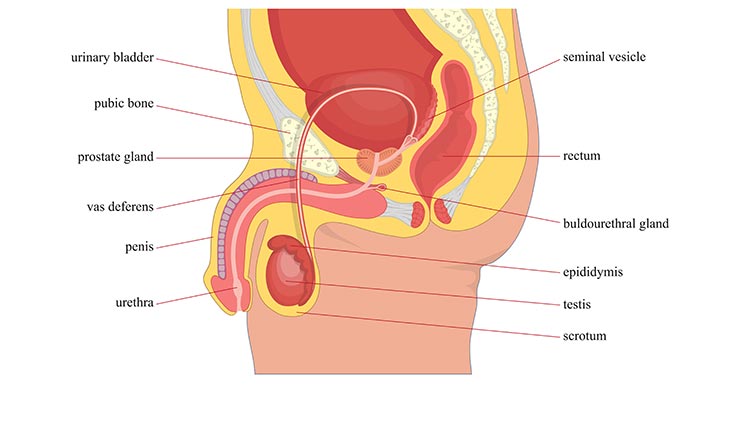What is Vasectomy Reversal?
Vasectomy reversals are performed on men who have had a vasectomy, but for various reasons decided to have children again. About 5% of all men with vasectomies get a vasectomy reversal.
Vasectomy reversal reconnects the vas deferens allowing sperm to flow into the semen. Usually the vas deferens are reattached using a special microscope. Using this type of microsurgery the vas deferens can be rejoined with tiny stitches that reconnect the small tubes. This simpler and preferred form of vasectomy reversal is called a Vasovasostomy. However, sometimes there are blockages and the surgeon will have to connect the vas deferens strait to the epididymis. This type of procedure is called a Vasoepididymostomy. Some surgeons charge more for a Vasoepididymostomy. Vasectomy reversal success rates depend on a variety of factors including, years since vasectomy, age, and the surgeons experience. It’s very important to get a good vasectomy reversal doctor. You can view our complete list of vasectomy reversal doctors here.

What is Vasectomy?
Vasectomy is a form of birth control that more than 500,000 men choose every year in the United States. When men choose to have a vasectomy the surgeon performs a minor surgery that blocks sperm from reaching the semen that is ejaculated from the penis. After a vasectomy is completed the male still has semen, but the semen contains no sperm. Finally The testicles still make sperm, but they are absorbed by the body. Vasectomy’s are a 99.5% effective, which makes them an excellent form of birth control.

How does the Male Reproductive System Work?
The testicles, located in the scrotum, make sperm and male sex hormones. Sperm travel through a tube called the epididymis. Each epididymis is connected to long tubes called the vas deferens. The vas deferens connect the epididymis to the to the seminal vesicle. When ejactulation occurs, the semen flows through the urethra and out the end of your penis.

